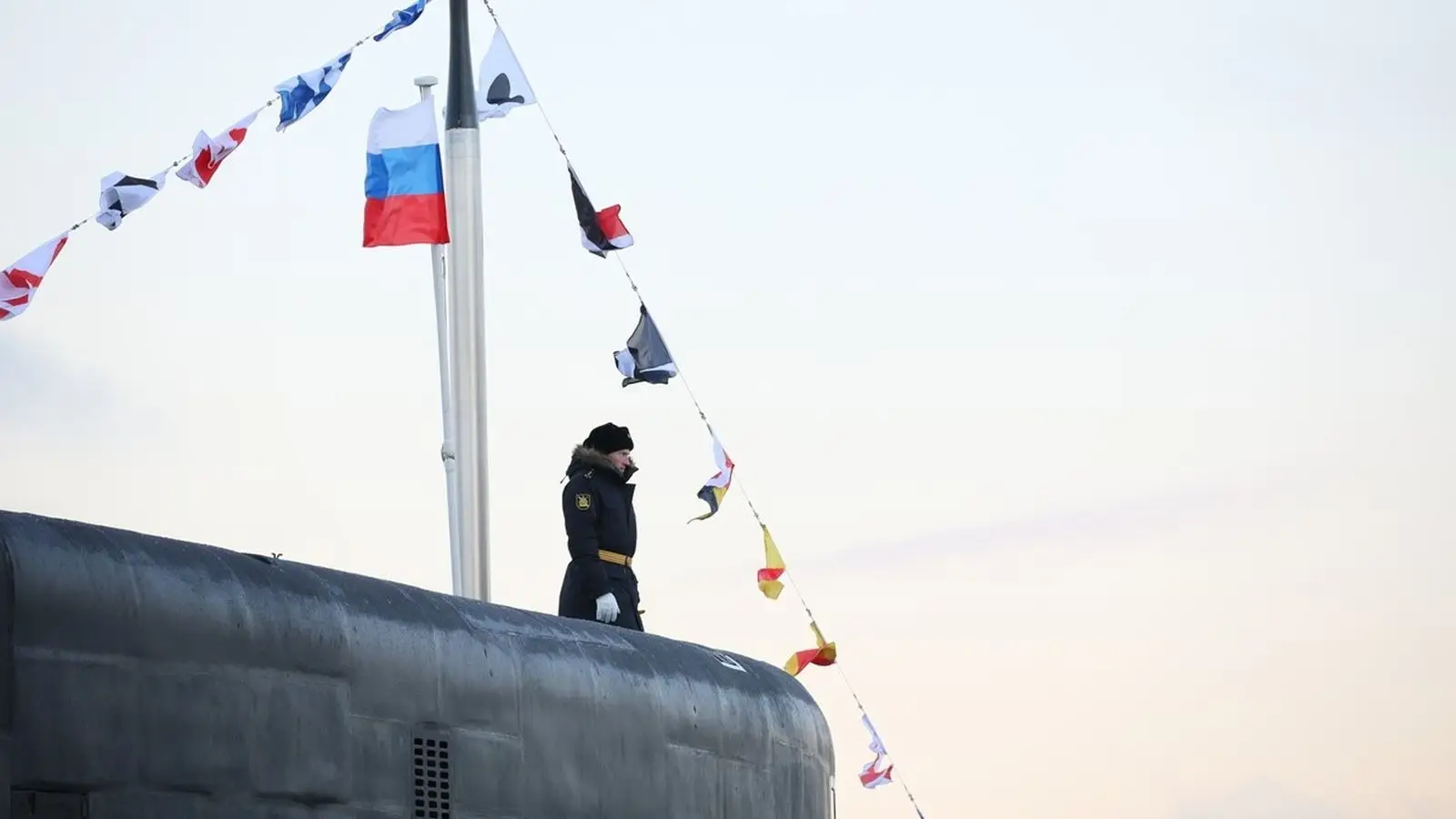Russia Deploys Advanced Garmoniya Sonar Network in Barents Sea


Russia deploys the high-tech Garmoniya sonar system in the Barents Sea, built with European equipment despite sanctions and export restrictions.
Russia has deployed a new underwater surveillance network, Garmoniya, in the Barents Sea — a next-generation analogue of the American SOSUS system. The advanced hydroacoustic complex integrates seabed sensors with patrol vessel routes, forming a dense perimeter to safeguard the Northern Fleet’s submarine passages. These waters have long been a focus of NATO intelligence activity.
Yet in Europe, the strongest reaction was sparked not by the creation of a new anti-access zone (A2AD), but by the origins of the technology behind it. According to an investigation by the German outlet Tagesschau, a Russian private company had been purchasing dual-use materials and even entire vessels in Europe since 2013 — later employed in the Garmoniya project.
The total value of these acquisitions reportedly exceeded $50 million. Among the suppliers were a Bremen-based shipping company, Norway’s Kongsberg Group, and the British firm Forum Energy Technologies Ltd., which produced a deep-sea robot known as Mogikan.
Another key contribution came from Innomar GmbH in Rostock, which installed a powerful sonar system on a vessel purchased by a Russian businessman. Company representatives confirmed the deal, noting that the equipment did not fall under any export restrictions.
Journalists highlighted that the Russian side displayed remarkable ingenuity — the shipments and technical arrangements linked to Garmoniya continued even after Western sanctions were imposed in 2022.
In an interview with Panorama, EU sanctions envoy David O’Sullivan admitted that Moscow had found «exceptionally clever ways» to circumvent European restrictions.